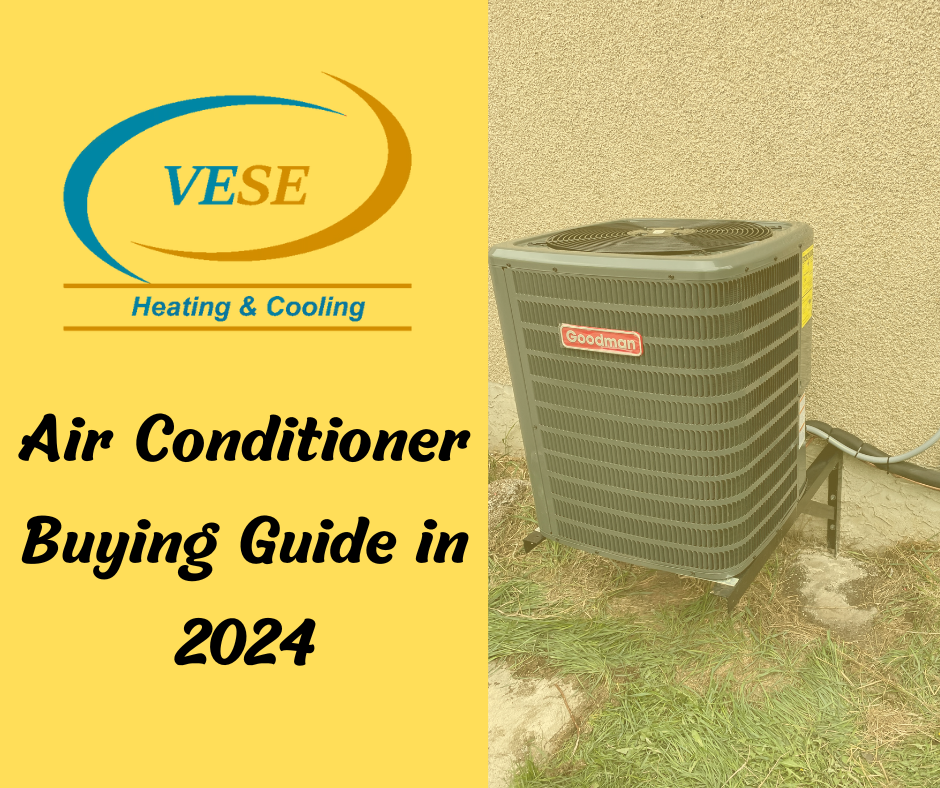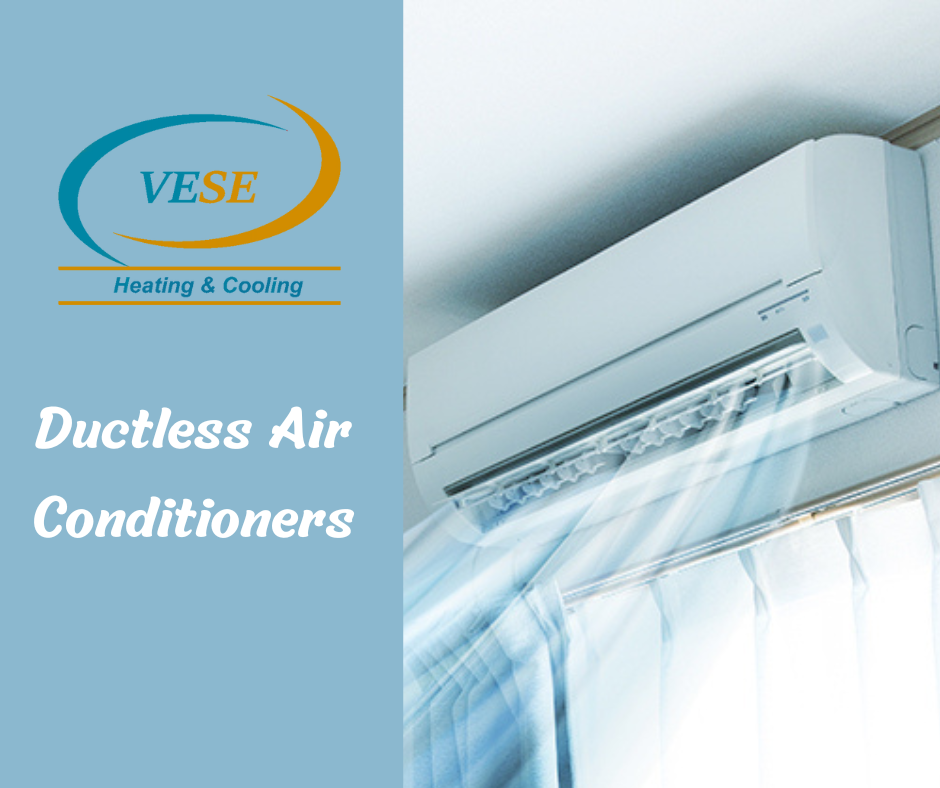Air Conditioner Buying Guide in 2024. Choosing the right central air conditioner for your home can be a challenging task. With so many alternatives, it’s critical to understand the key features, technical requirements, and various types of air conditioners before making a decision. This guide will walk you through the fundamental steps of acquiring a central air conditioner.
Energy Efficiency, Sound Output, and Air Filtration Options
When selecting a central air conditioner, consider its energy efficiency, sound output, and air filtration options. Energy efficiency is crucial for reducing your electricity bills and minimizing your environmental impact. Look for units with a high Seasonal Energy Efficiency Ratio (SEER) rating. The higher the SEER rating, the more efficient the unit is.
Sound output is another important factor, especially if the unit will be placed near living spaces. Modern air conditioners come with noise reduction features, ensuring a quieter operation. Air filtration options are essential for maintaining indoor air quality. For those with allergies or sensitivities, choose a unit with advanced filtration systems that can remove dust, pollen, and other airborne particles.
Technical Requirements: Size, Floor Plan, and BTU Load
To ensure optimal performance, your central air conditioner must match the specific technical requirements of your home. The size of your home, floor plan, number of stories, existing ductwork, and BTU load are critical factors to consider. The BTU load measures the amount of heat an air conditioner can remove from a space per hour. A unit that is too small won’t cool your home efficiently, while a unit that is too large will cycle on and off frequently, reducing its lifespan and efficiency.
Code Requirements: Safety and Building Codes
Adhering to safety and building codes is essential when installing a central air conditioner. Local building codes may specify the placement of the unit, electrical requirements, and ventilation standards. Ensure that the installation complies with all relevant codes to avoid any legal or safety issues. Additionally, consider professional installation to guarantee that all code requirements are met.
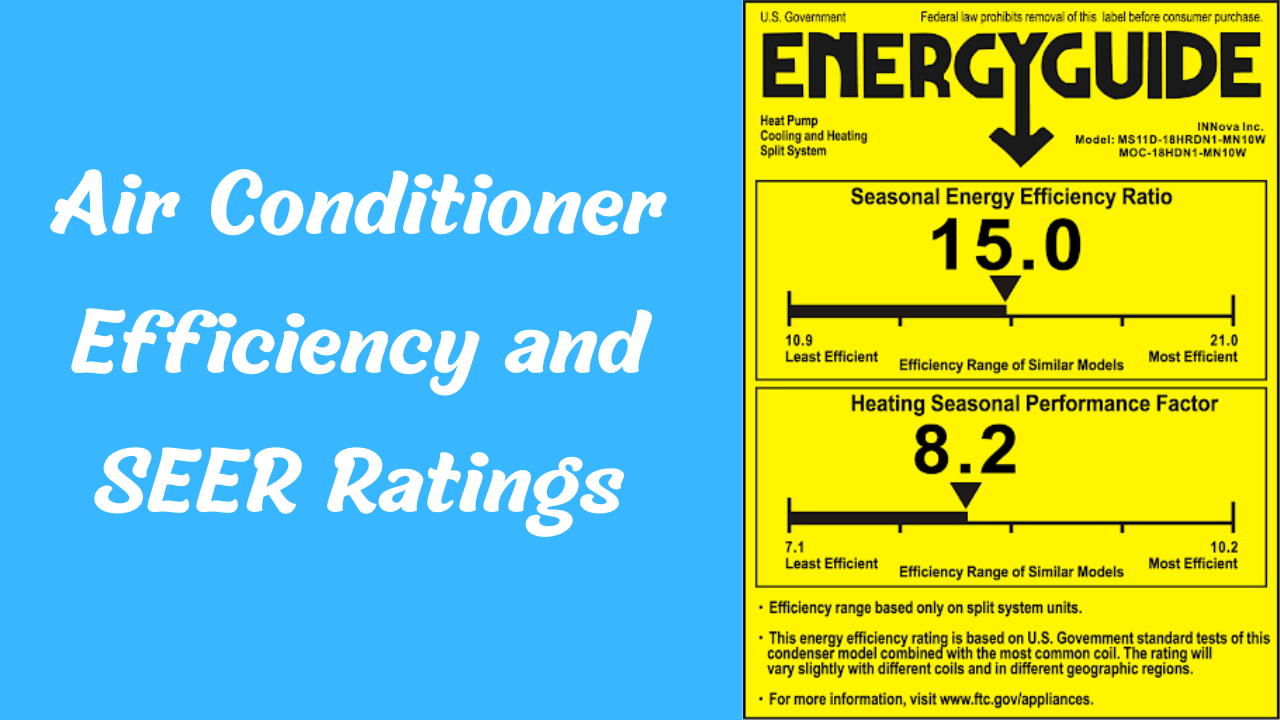
Air Conditioner Efficiency and SEER Ratings
The Seasonal Energy Efficiency Ratio (SEER) rating indicates the efficiency of an air conditioner. Units with higher SEER ratings are more energy-efficient, which can lead to significant savings on your energy bills. SEER ratings typically range from 13 to 25. While units with higher ratings may have a higher upfront cost, the long-term savings and environmental benefits make them a worthwhile investment.
Determining the Right Air Conditioner Size for Your Home
Selecting the correct size for your air conditioner is crucial for effective cooling. Here’s a general guideline based on the size of your home:
| Size of Home | Size of Air Conditioner |
| 700 up to 1,000 sq ft | 18,000 BTU |
| 1,000 up to 1,500 sq ft | 24,000 BTU |
| 1,500 up to 2,000 sq ft | 30,000 BTU |
| 2,000 up to 2,400 sq ft | 36,000 BTU |
| 2,400 up to 3,000 sq ft | 42,000 BTU |
| 3,000 up to 3,500 sq ft | 60,000 BTU |
*Consult with a professional to perform a detailed load calculation for accurate sizing.
Types of Air Conditioner On the Market
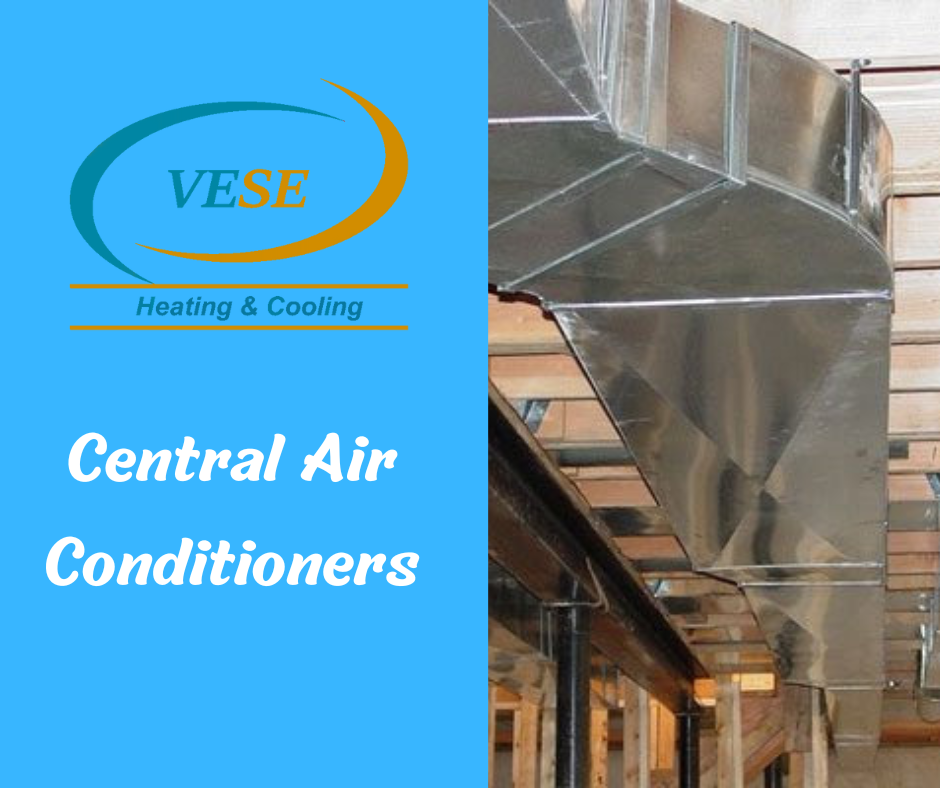
Central Air Conditioners: Ideal Homes and Benefits
Central air conditioners are a popular choice for cooling large homes. These systems distribute cool air through a network of ducts and vents, ensuring even temperature distribution throughout the house. A central air conditioner consists of an outdoor unit that houses the compressor and condenser, and an indoor unit with the evaporator coil. This type of system is highly effective for homes with existing ductwork, making installation straightforward and cost-effective.
Central air conditioners are best suited for larger homes with multiple rooms and floors, where maintaining a consistent temperature is crucial. They are particularly beneficial for homes in regions with hot and humid climates. Additionally, central air systems can integrate with your heating system, providing a comprehensive HVAC solution. Homes with open floor plans and high square footage will greatly benefit from the powerful and efficient cooling that central air conditioners offer.
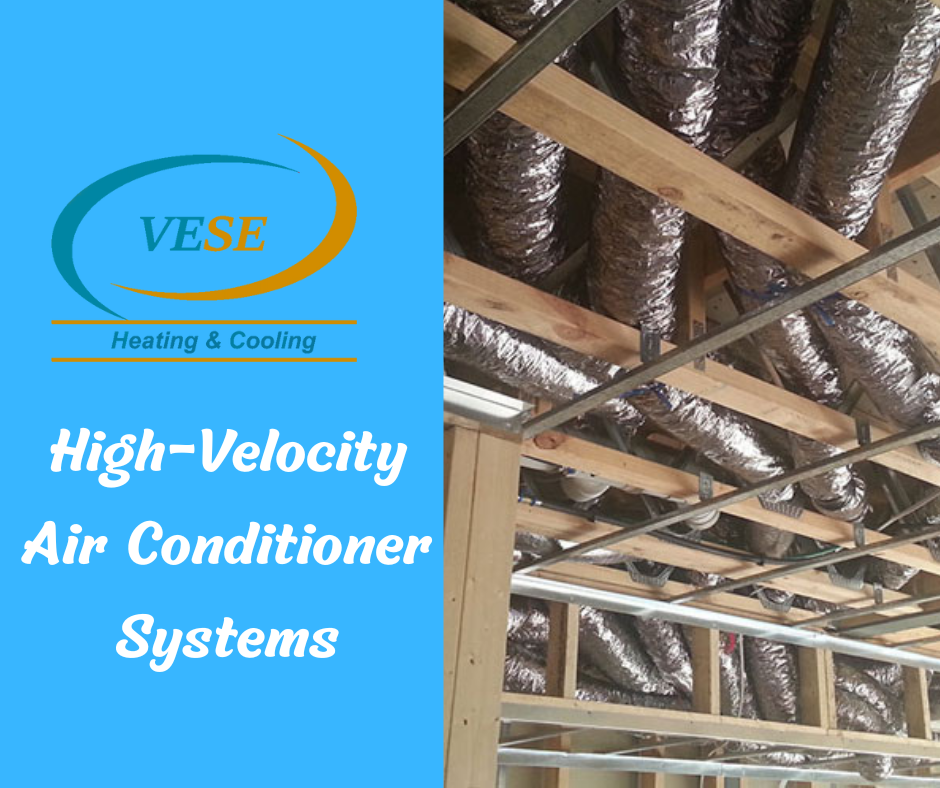
High-Velocity Air Conditioners
High-velocity air conditioners are designed for homes with limited space for traditional ductwork. These systems use smaller, flexible tubing instead of large, rigid ducts, making them an excellent choice for older homes or those with architectural constraints. The high-velocity system works by delivering air at higher speeds, creating a gentle suction that cools the space more quickly and efficiently.
This type of air conditioner is ideal for homes with tight spaces, such as historic homes where installing standard ductwork is challenging. High-velocity systems are also suitable for homes with unique layouts or those undergoing renovations, as the flexible tubing can be easily routed through walls, ceilings, and floors without major modifications. Homeowners who value aesthetic preservation and minimal disruption during installation will find high-velocity air conditioners to be an excellent solution.
Ductless Air Conditioners
Ductless air conditioners, also known as mini-split systems, offer a versatile and energy-efficient cooling solution for homes without existing ductwork. These systems consist of an outdoor unit connected to one or more indoor units via a conduit. Each indoor unit can be independently controlled, allowing for precise temperature management in different rooms or zones.
Ductless air conditioners are perfect for homes without ductwork, such as older homes, additions, or converted spaces like garages and basements. They are also ideal for homeowners looking to supplement their existing HVAC system or improve comfort in specific areas without the expense and hassle of extending ductwork. The ability to control individual zones makes ductless systems an energy-efficient choice, as you can cool only the occupied areas, reducing overall energy consumption and costs.
By understanding the different types of air conditioners available, you can choose the best system that fits your home’s specific needs and layout, ensuring efficient and effective cooling.
When to Replace Your Old Air Conditioner Unit
Consider replacing your old air conditioner if unit requires significant repair and if unit more than 10-15 years old, or is no longer efficient. Modern units offer better energy efficiency, improved air quality, and advanced features that enhance comfort and convenience. Upgrading to a new unit can result in long-term savings and a more comfortable home environment.
Air Conditioner Buying Guide in 2024 & Frequently Asked Questions (FAQs)
How do I choose the right central air conditioner?
Consider factors such as the size of your home, energy efficiency (SEER rating), noise level, and air filtration options. Consulting with an HVAC professional can provide personalized recommendations.
What is the best SEER rating for my home?
A SEER rating between 14 and 16 is generally sufficient for most homes. However, for maximum energy savings and environmental benefits, consider units with a SEER rating of 20 or higher.
How often should I service my central air conditioner?
It’s recommended to service your central air conditioner at least once a year, ideally before the cooling season begins, to ensure optimal performance and longevity.
By understanding these key factors, you can make an informed decision when purchasing a central air conditioner, ensuring optimal performance and comfort for your home.

